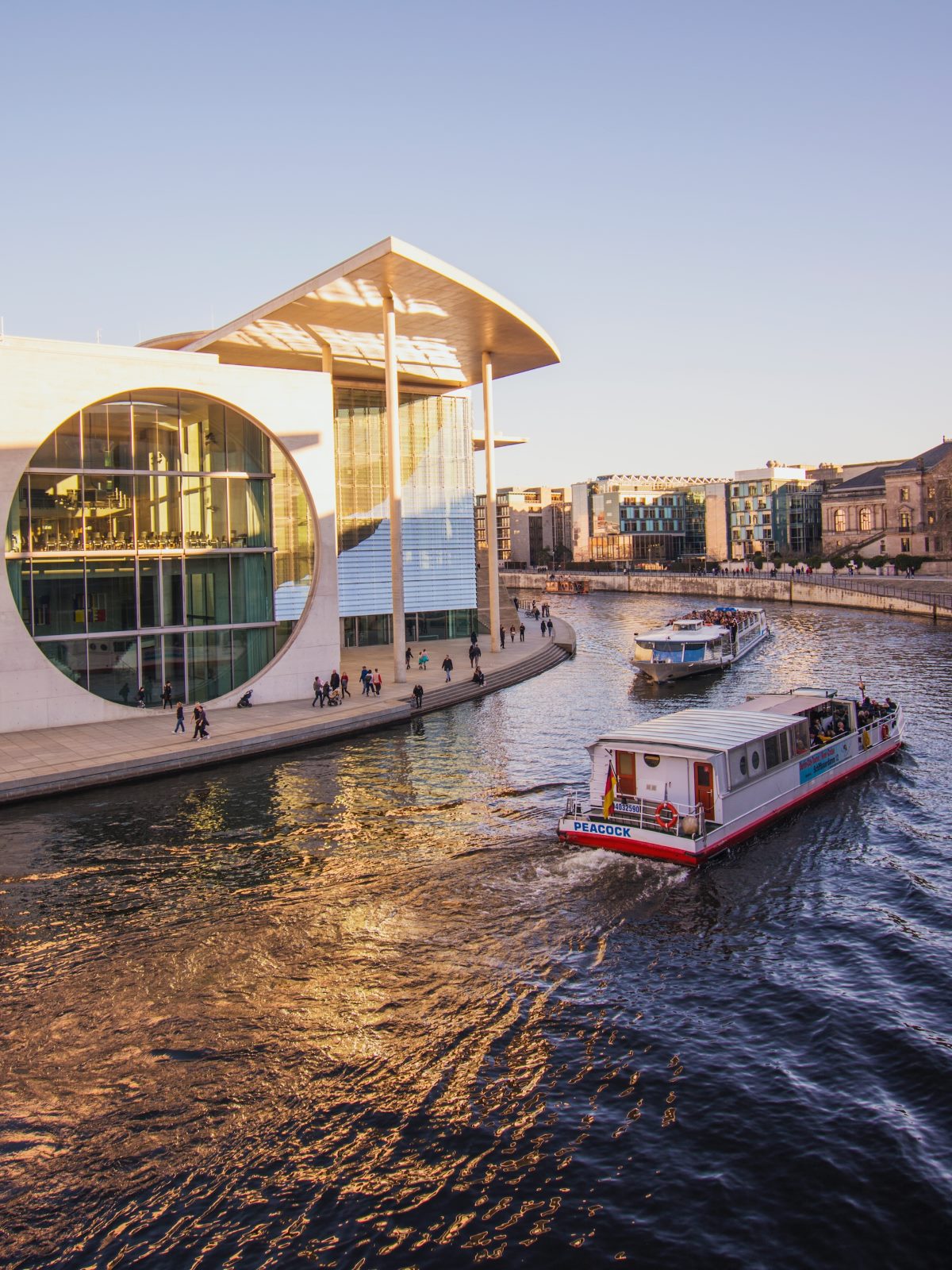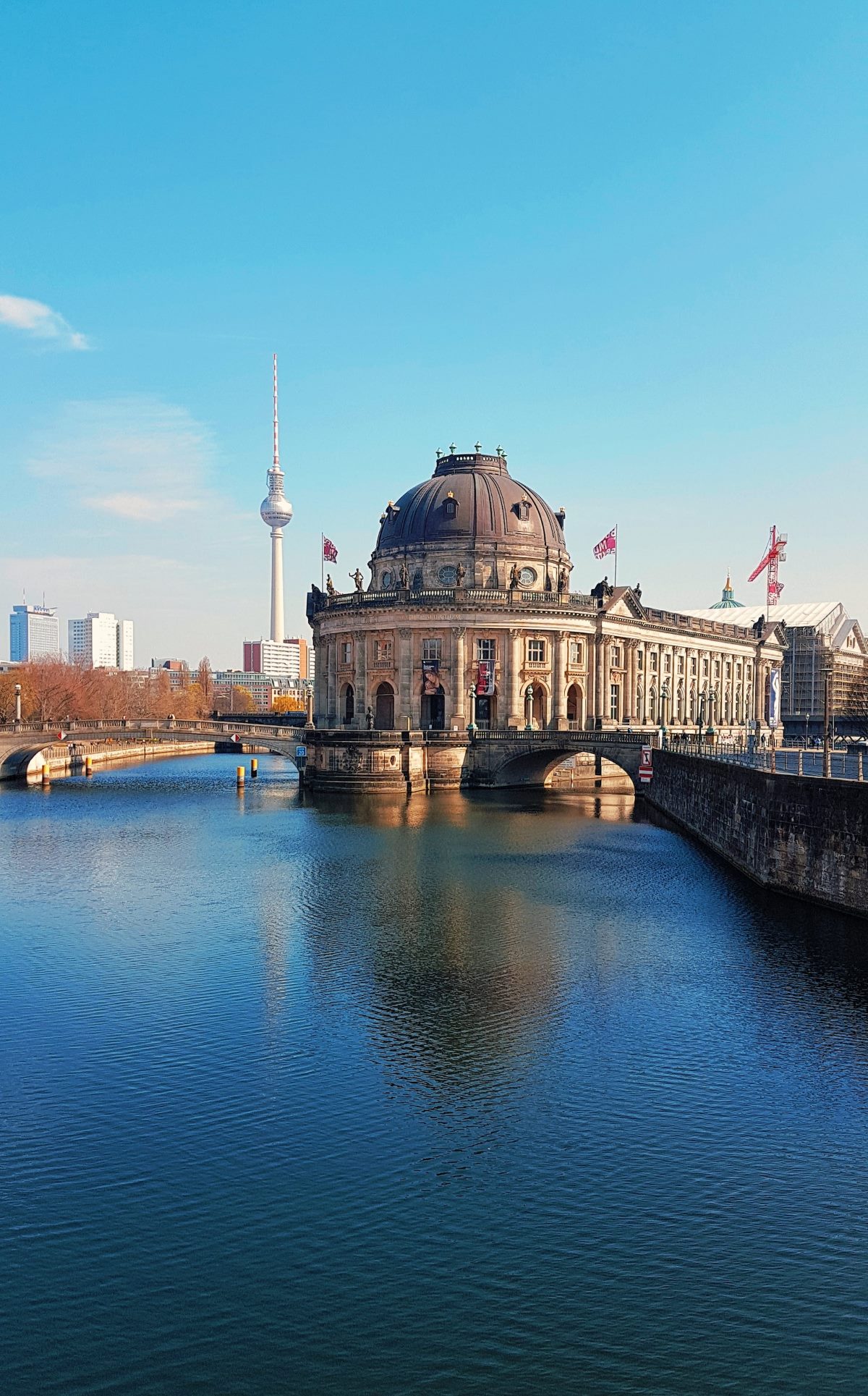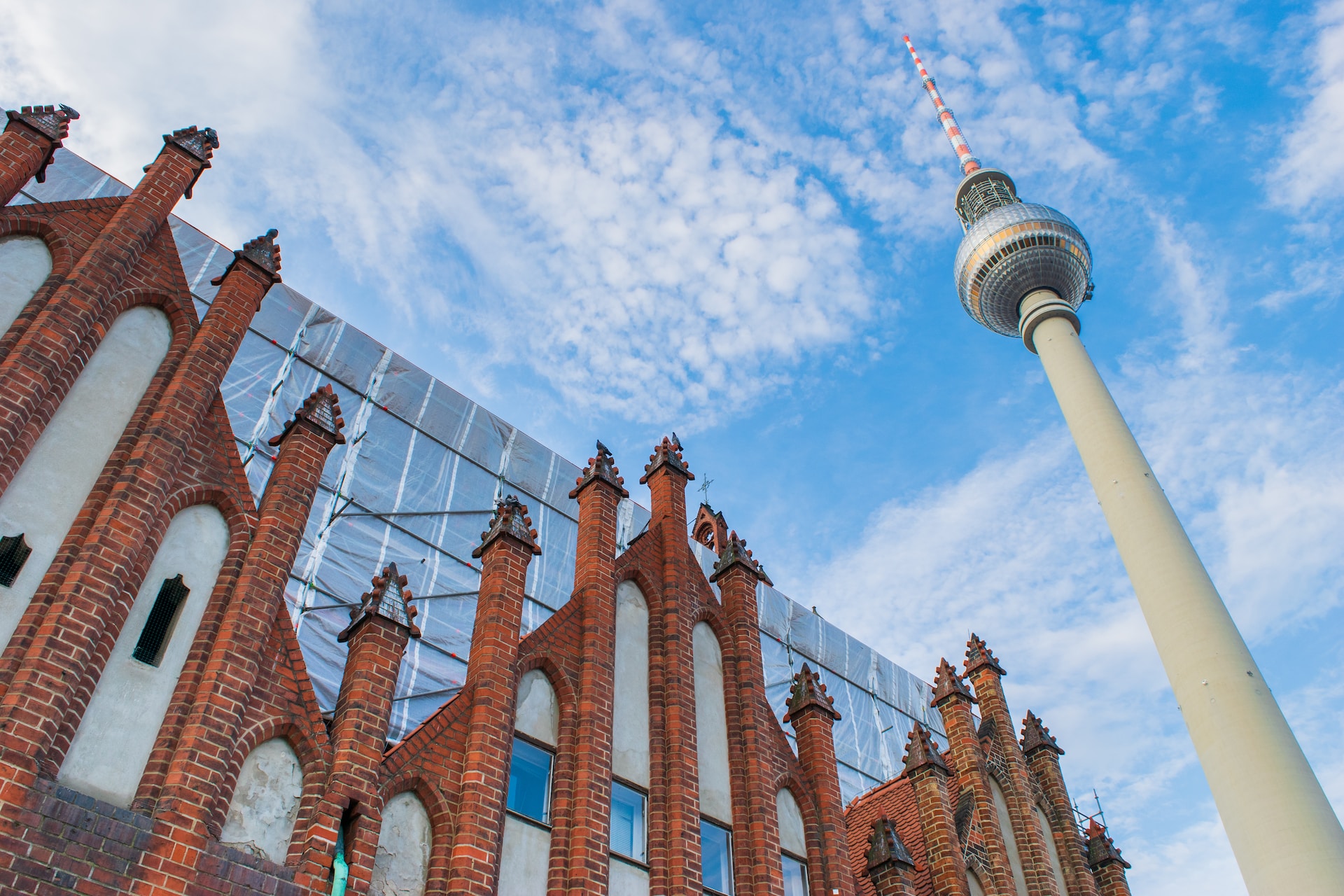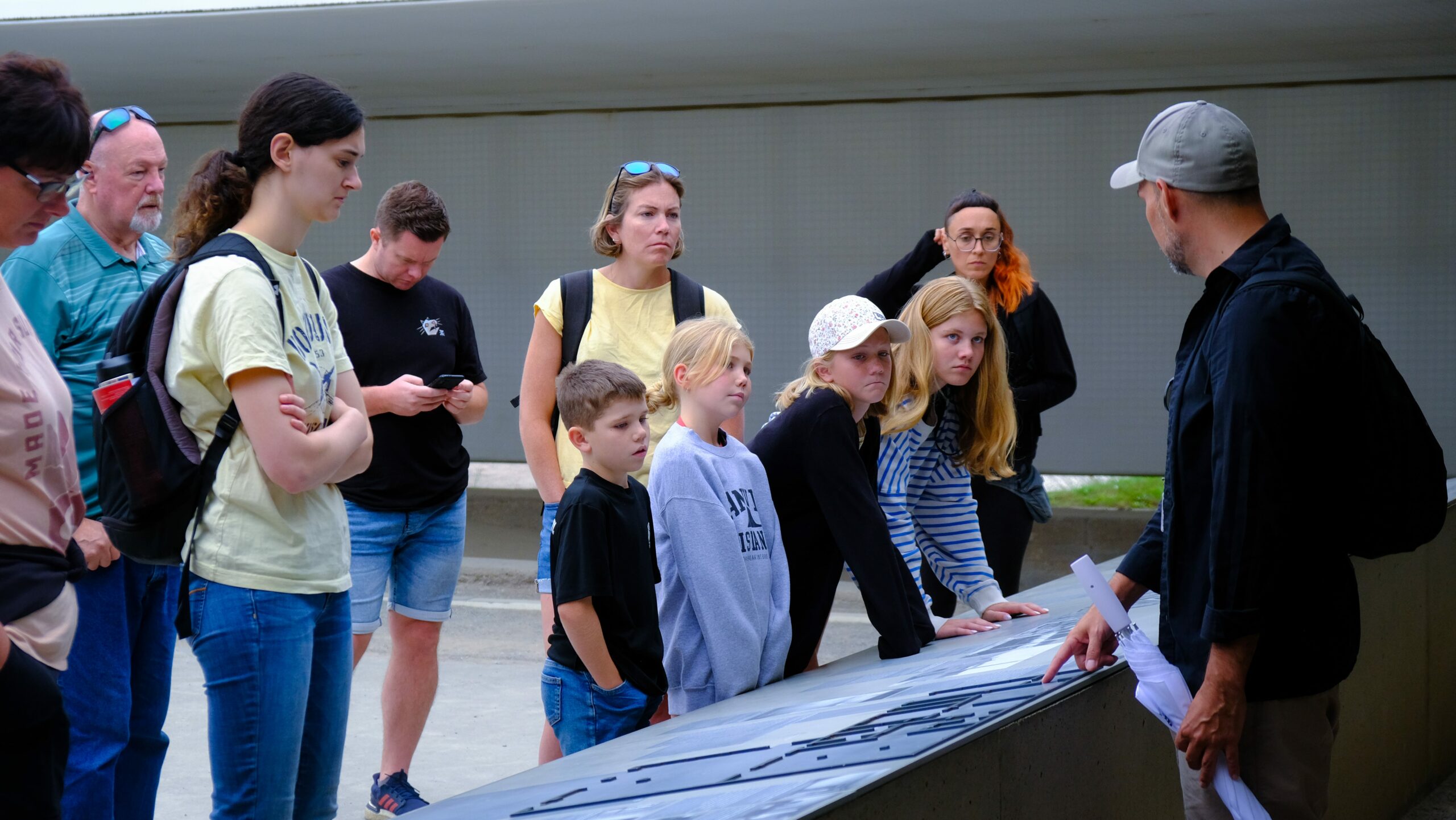A visit to the concentration camp presents us a chance to think about the blackest time in human history with deep serious emotions. Sachsenhausen served as a key camp among all those of the Holocaust period. This article covers why you should tour Berlin Concentration Camp and offers all the necessary details to make your trip valuable.
The Historical Significance of Berlin Concentration Camp
In 1936 when Nazi power rose the German authorities built Berlin Concentration Camp as a prison system for people who resisted their beliefs. Nazis used the camp to design other World War II concentration camps and people recognize it as the symbol of their cruel actions against humanity. Visiting this camp will show respect to Holocaust victims and teach you about the terrible events that took place.
Planning Your Visit
1. Location and Access
Visitors can reach Sachsenhausen concentration camp through public transportation since it stands close to Berlin’s limits. Trains from Berlin central station go to Oranienburg then passengers need to take a small bus to the camp. Devote at least half a day for your visit to this site.
2. Opening Hours and Entrance Fees
You can visit Berlin Concentration Camp at any time during the year without limits. You must check the official website or call beforehand since the camp operates different opening hours through seasonal cycles. Everyone is free to enter the location as a tribute to the victims who suffered there.
3. Guided Tours or Independent Exploration
Exploring Berlin Concentration Camp independently is possible with great results yet joining a tour brings added value. Trained guides share detailed history, share personal experiences and help visitors see every important spot in the camp. The organized tours come in different languages while showing you everything about the site.
What to Expect During Your Visit
1. Exhibition and Information Center
You should begin by attending the exhibition and information center to discover the history of the camp including its prisoners and their role in the Holocaust. The exhibition lets you understand how the facility worked and what survivors experienced at the prison.
2. Main Camp Area
Through the main camp area you can view replicas of barracks plus observe watchtowers and the space where prisoners gathered. The preserved displays help you feel sympathy as you imagine the difficult prison life.
3. Memorial Sites
Multiple memorials across Berlin Concentration Camp commemorate the Holocaust victims who belonged to unique targeted groups. The memorials honor both Jews who lost their lives because of their faith and others who died due to their citizenship status or political affiliations. Make a visit to these locations to recognize the people who passed away in suffering.
Important Tips for Your Visit
Showing respect is needed throughout your tour. A place established for thoughtful remembering demands our respectful treatment.
Be prepared by choosing proper clothes and putting on comfortable walking shoes because the ground surface will be rugged.
Carry a water bottle and food because the surrounding area lacks many accommodations.
You may take photographs but need to get authorization before snapping pictures of humans and stay aware of anything around you.
Sympathetically let the site’s importance sink in.
Conclusion
Seeing Berlin Concentration Camp leaves a permanent impression about human violence during the Holocaust period. Through our actions of respect and learning we defend against such evil returning in the future. See information before your visit and join a tour to learn about the Holocaust through guided tour guidance and respect for victims’ memorials.
Table of Contents




